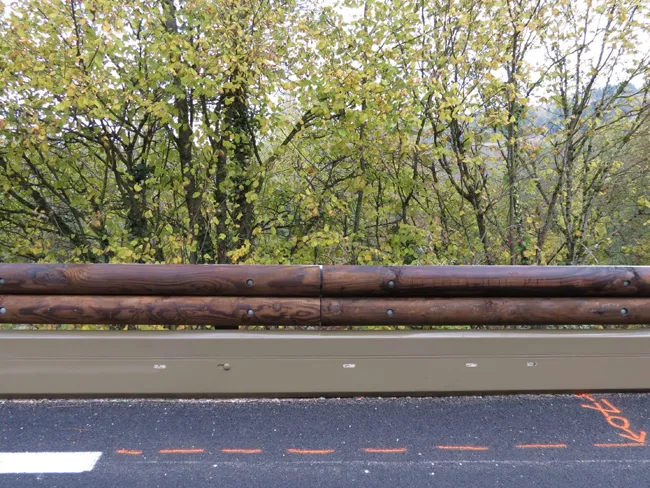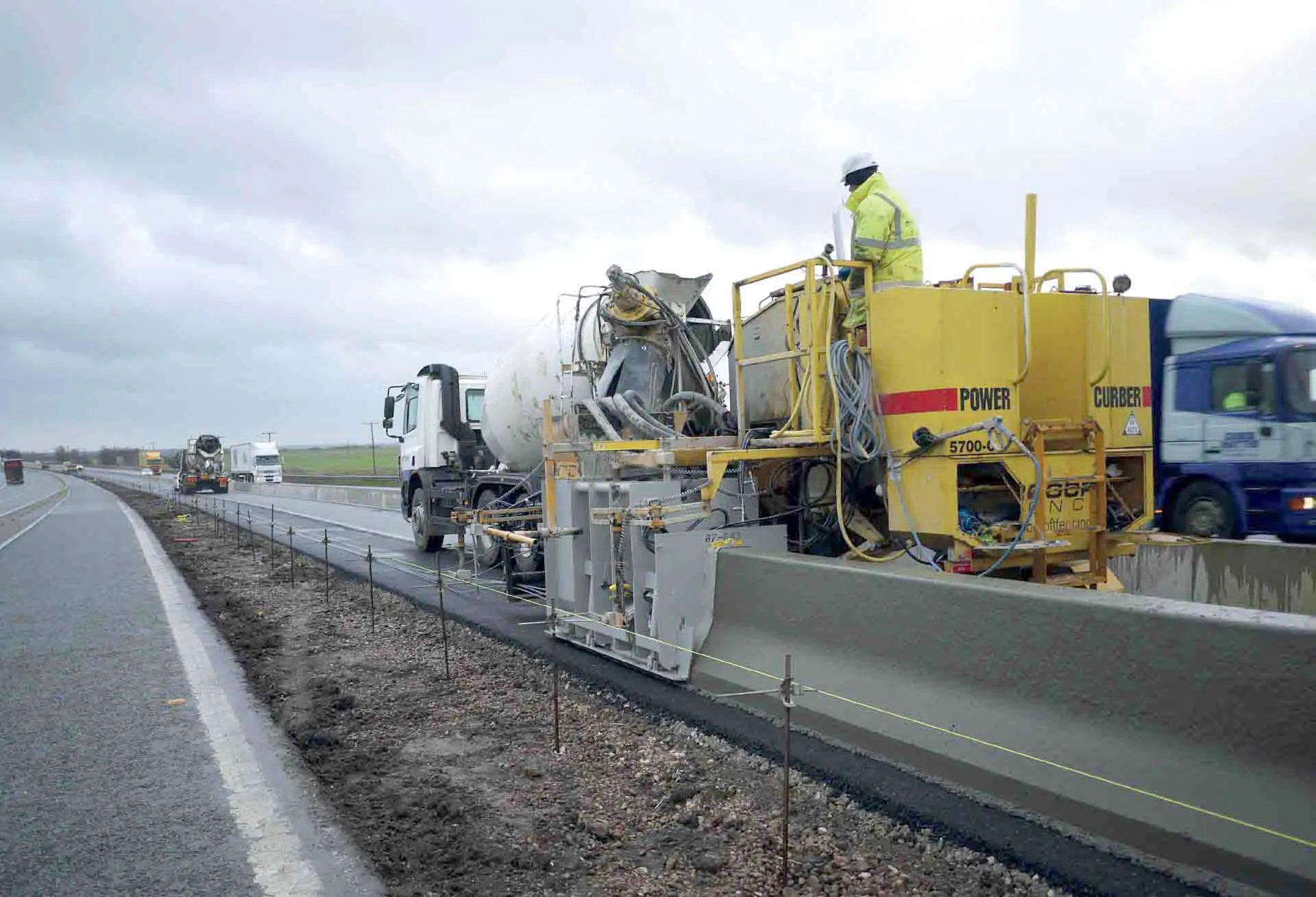
This crash barrier, CE certified in 2018, has been selected not only for its performance but also for its aesthetic quality, perfectly fitting the beautiful scenery of the Bourgogne region, known worldwide for its famous vineyards.
The T32 is made of a B-profile steel guardrail cladded with four half-round logs of 16cm.
This new system has been tested at N2 containment level and offers both W2 & W3 working widths, depending of post spacing – either 1.33m or 2.66m.
Easy and quick to install, the T32 can been equipped with optional safety accessories like the Reflec’bois – reflective device, handrail extension or motorcyclist protection.
The T32 is the most recent addition to Tertu wood and steel road safety barriers range - the largest such range on the market with 14 CE certified crashworthy solutions from containment level N1 to H2.









